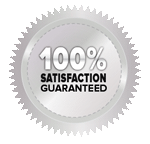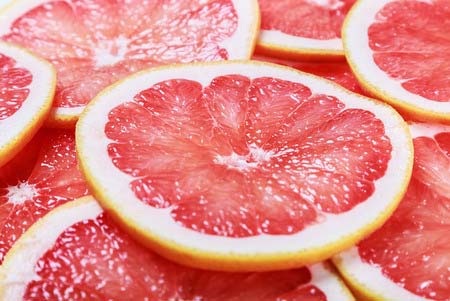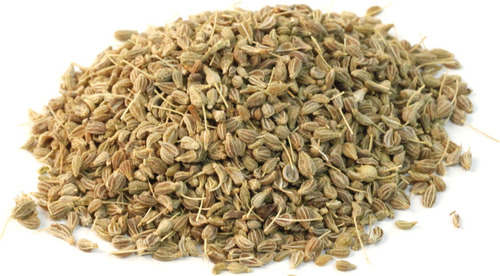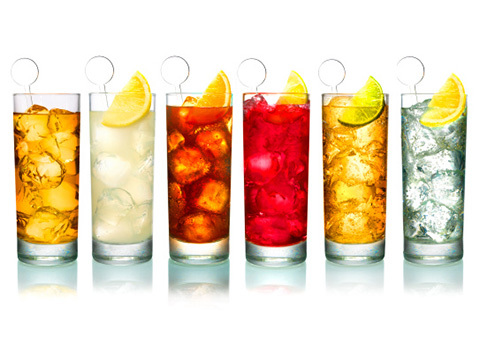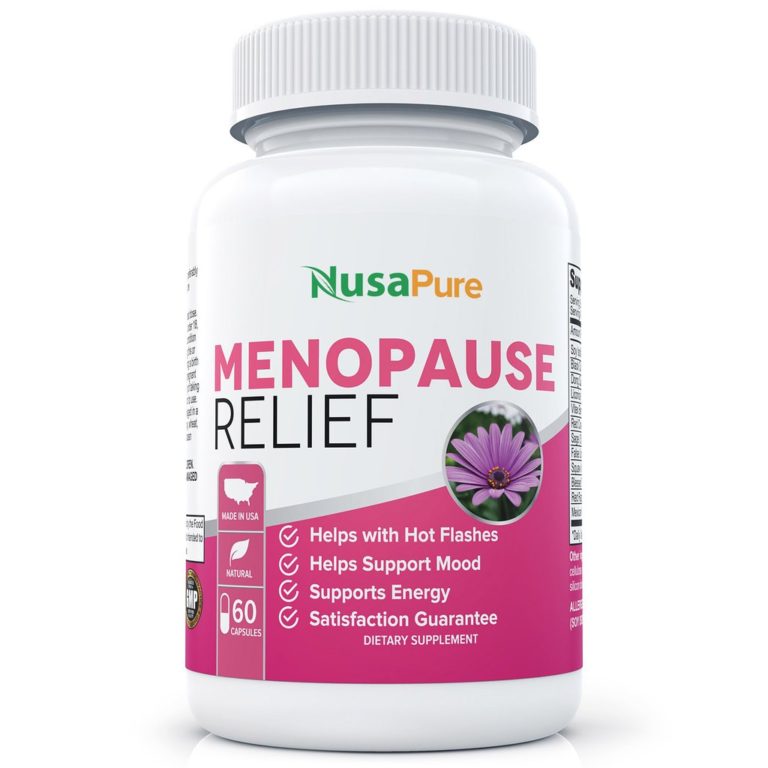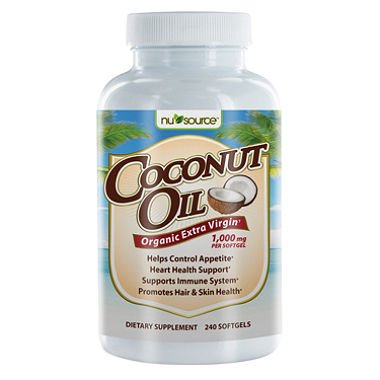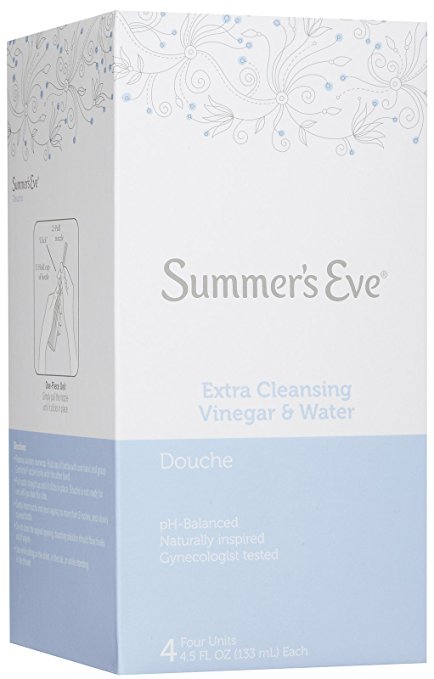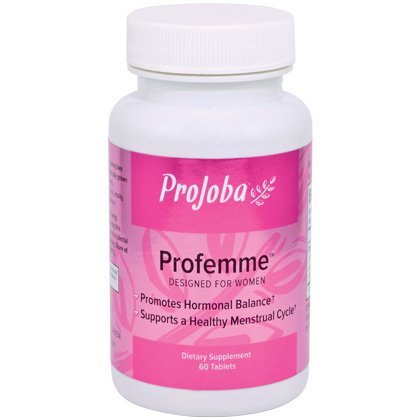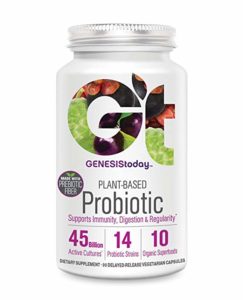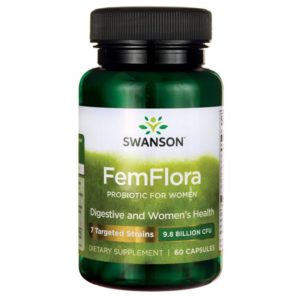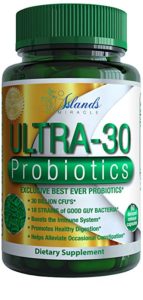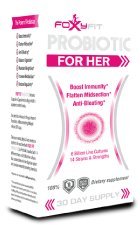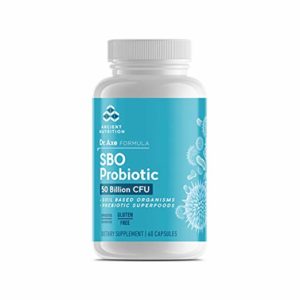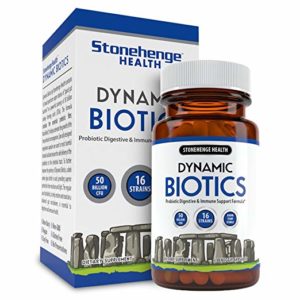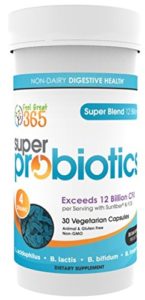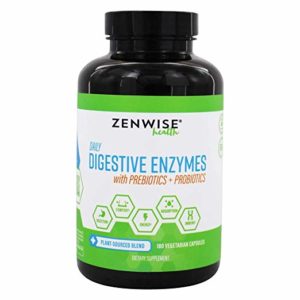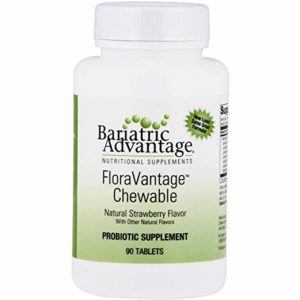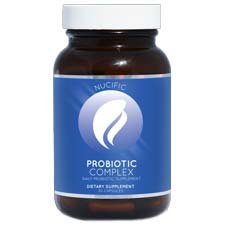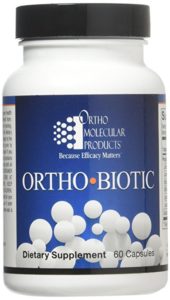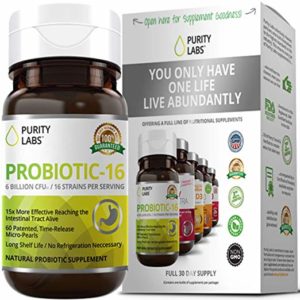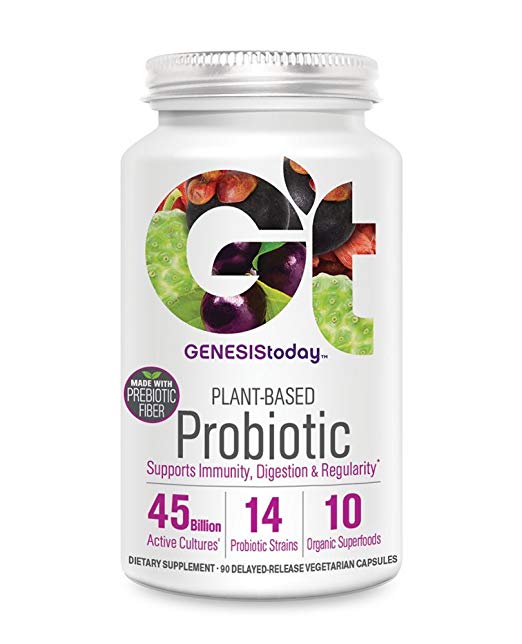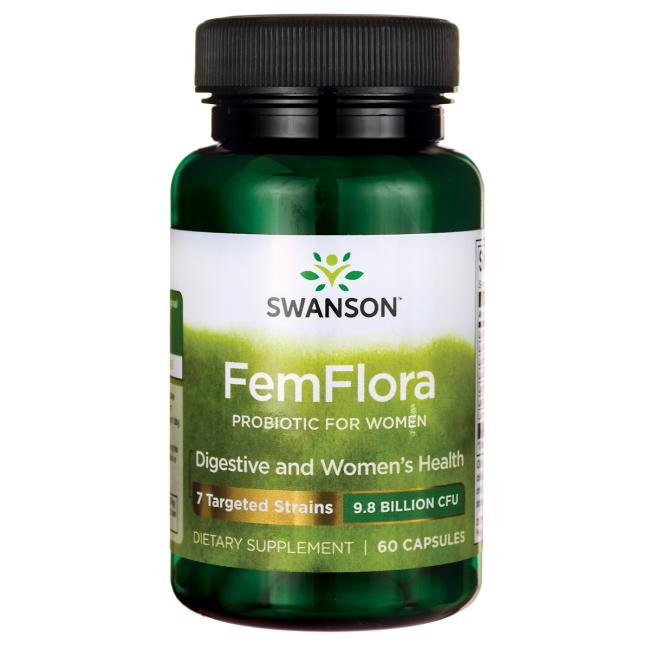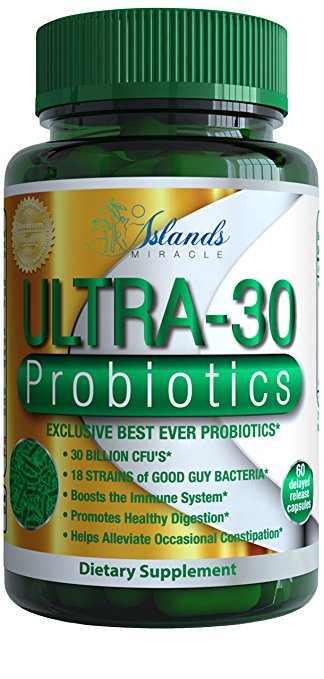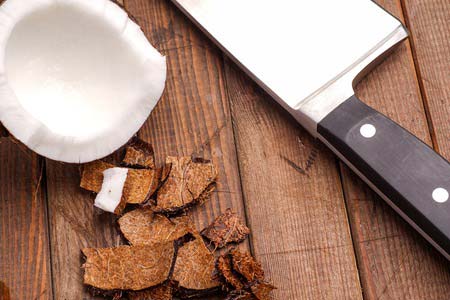
Feminine Issues?
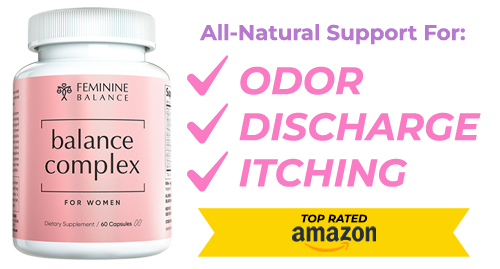
The only All-Natural Product for:
- Feminine Issues
- Vaginal Odor
- Vaginal Itching
- Vaginal Discharge
Start Seeing A Difference Within a Few Days of Taking it!
WHAT'S THE PROOF?
Out of the tens of thousands of women that have tried Balance Complex, over 700 have been so impressed by the results, that they have voiced their results in the form of reviews for the product on Amazon, the world most TRUSTED online marketplace.
Below are just a few of the reviews of Balance Complex on Amazon:

"I have been looking for a probiotic to help with my feminine issues and this has done the trick!I have already recommended to other friends!" *

"I loved it. Just knowing that I was taking care of any problems that might occur that we as females go through gave me a piece of mind." *

"I was surprised it worked as fast as it did. Very Effective & Natural. I take one at night and one in the afternoon. And I feel so much better." *
Every order of Balance Complex on Amazon is backed by Amazon’s 100% money back satisfaction guarantee.
Try it for up to 90 days and if you aren't thrilled with the results, just notify Amazon and they will give you a full refund.

Candida Diet Side Effects
In normal amounts, the yeast-like fungus Candida albicans is nothing to worry about — it’s part of a healthy human system. However, when the fungus multiplies excessively, it can cause problems for some people, including yeast infections, rashes and thrush. The Candida diet aims to control an overgrowth of Candida albicans by eliminating certain foods purported to feed the fungus. Although the eating plan is primarily a healthy one, there are some potential risks involved with eliminating certain foods or food groups from your diet.
All About The Candida Diet –
The Candida diet is an elimination diet that prescribes temporarily cutting out certain foods that may cause Candida albicans to multiply in order to kill off the overgrowth of the fungus. Once you have achieved balance and your symptoms have subsided, you can begin to add certain foods back into your diet one at a time to see if your symptoms stay under control or whether they recur. If they recur, the diet recommends eliminating them again for a period of time, or forever.
Foods That The Candida Diet Eliminates-
The Candida diet eliminates many unhealthy foods, including all types of added sugars; alcohol; processed, smoked and cured meats; all preservatives; refined grains like white rice, white pasta and white bread; condiments like mayonnaise and ketchup; and soda and energy drinks. It also eliminates some foods that are healthy, offering essential vitamins, minerals, fiber and antioxidants. This includes all fruits, whether fresh, dried, frozen or canned; and glutinous grains such as wheat, rye, oats and barley, which have only been proven to be unhealthy for people with an intolerance or allergy to gluten. Also off-limits are starchy vegetables such as potatoes, carrots, sweet potatoes and beets; all shellfish; all fish except for wild salmon and sardines; almost all dairy except for ghee, a type of clarified butter, kefir and yogurt with probiotics; mushrooms; cashews, peanuts and pistachios; beans and legumes, and all products made with them, including tofu. You can’t have coffee or tea while on the diet, either.
Beneficial Effects of the Candida Diet-
According to the University of Maryland Medical Center website, the Candida diet is a “healthful diet.” However, whether it actually helps control Candida albicans isn’t clear. It may be that people begin to feel better because the diet eliminates many unhealthy foods, says the UMMC website. Cutting out added sugars, alcohol, processed meats and refined grains and eating a lot of vegetables, fatty fish and whole grains, as the diet recommends, can help you lose weight and may improve heart health and other aspects of your health. If your candida overgrowth and associated symptoms clear up, that’s a bonus.
Potential Negative Effects Of The Candida Diet-
There are few negative side effects to speak of, if you make sure to cover all your nutrient bases when following such a restrictive diet as the Candida diet. For the first few months of the diet, you can’t eat any fruit, which cuts out a rich source of fiber and essential nutrients; however, it’s pretty easy to make up for that with increased vegetable intake. Your dairy choices are also limited, which could pose a problem for some people who rely on dairy as a source of calcium. But, again, there are plenty of other calcium sources allowed, including collard greens, iceberg lettuce, canned salmon and oranges. Vegetarians may find protein sources limited on the Candida diet, due to the elimination of beans, including soy products. They will need to rely on allowed nuts and seeds, some grains such as quinoa and protein-rich vegetables, such as spinach, broccoli and Brussels sprouts. Lacto-ovo vegetarians can eat eggs for protein.
Review Overview
5.1 OVERALL SCORE
Feminine Issues?

The only All-Natural Product for:
- Feminine Issues
- Vaginal Odor
- Vaginal Itching
- Vaginal Discharge
Start Seeing A Difference Within a Few Days of Taking it!
WHAT'S THE PROOF?
Out of the tens of thousands of women that have tried Balance Complex, over 700 have been so impressed by the results, that they have voiced their results in the form of reviews for the product on Amazon, the world most TRUSTED online marketplace.
Below are just a few of the reviews of Balance Complex on Amazon:

"I have been looking for a probiotic to help with my feminine issues and this has done the trick!I have already recommended to other friends!" *

"I loved it. Just knowing that I was taking care of any problems that might occur that we as females go through gave me a piece of mind." *

"I was surprised it worked as fast as it did. Very Effective & Natural. I take one at night and one in the afternoon. And I feel so much better." *
Every order of Balance Complex on Amazon is backed by Amazon’s 100% money back satisfaction guarantee.
Try it for up to 90 days and if you aren't thrilled with the results, just notify Amazon and they will give you a full refund.
Recent Tests
Categories
- General Health
- Feminine Guides
- Ingredient Guides
- Product Reviews
- Bacterial Vaginosis Products
- Candida Products
- Menopause Products
- UTI Products
- Yeast Infection Products
About Us

FeminineHealthReviews is dedicated in bringing you the top unbiased editorial reviews and ratings for natural products and supplements, along with specs, user reviews, supplement facts and more.
These statements have not been evaluated by the Food and Drug Administration. This product is not intended to diagnose, treat, cure or prevent any disease.
*Results may vary. If you are pregnant, nursing, have a serious medical condition, or have a history of heart conditions we suggest consulting with a physician before using any supplement. The information contained in this website is provided for general informational purposes only. It is not intended to diagnose, treat*, cure, or prevent any disease and should not be relied upon as medical advice. Always consult your doctor before using any supplements. Disclosure of Material Connection: Some of the links in the post above are "associate sales links." This means if you click on the link and purchase an item, we will receive a commission. Regardless, we only recommend products or services which we use personally and/or believe will add value to our readers. We are disclosing this in accordance with the Federal Trade Commission’s 16 CFR, Part 255: "Guides Concerning the Use of Endorsements and Testimonials." Disclaimer: © 2025 All Rights Reserved. The information provided on this site is intended for your general knowledge only and is not a substitute for professional medical advice or treatment for specific medical conditions. You should not use this information to diagnose or treat* a health problem or disease without consulting with a qualified healthcare provider. Please consult your healthcare provider with any questions or concerns you may have regarding your condition.Your use of this website indicates your agreement to this websites published terms of use and all site policies. All trademarks, registered trademarks and service-marks mentioned on this site are the property of their respective owners.


